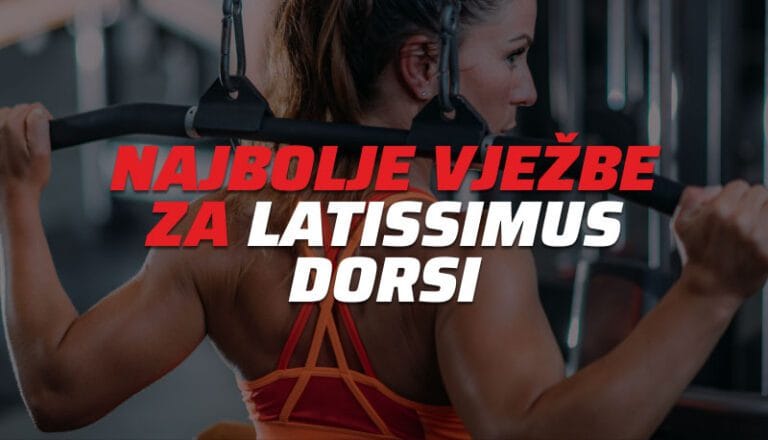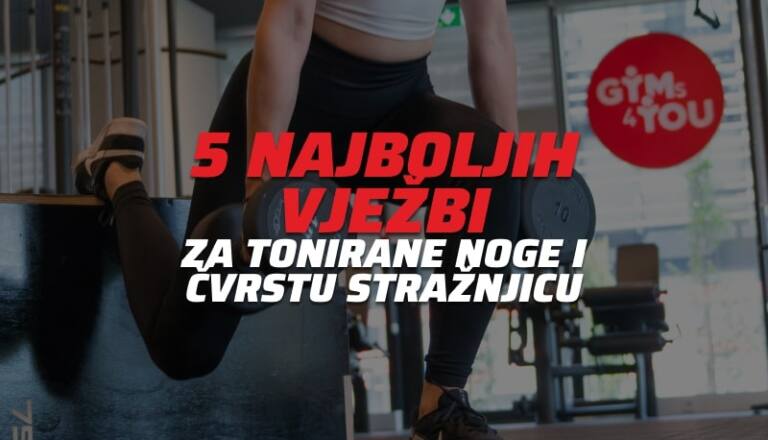Every exercise you do during your workout should be done consciously and thoughtfully, and every movement performed in a controlled way to get the best out of the whole workout. Just going through the exercises and movements without thinking about what you are doing will not bring you the results you want to go towards. Each exercise consists of a lot of small parts that affect its proper performance. One of those little things that can make a big difference is breathing properly..
Breathing is something we are born with and what, in principle, we know how to do, and our body usually does it without thinking. But there are different ways of breathing that can be adapted depending on different conditions, and the respiratory process that takes place in our body to regulate each individual breath is seriously complex.
Our body needs oxygen to function
The more you move, the more oxygen you need. The more activities you do, the more oxygen your body needs to maintain respiratory function within the body. The more efficiently you can deliver oxygen to your muscles, the stronger and more efficiently you will work, which will lead you to better results.
Proper breathing should be one of your main focuses during exercise.Proper breathing can help you lift heavier weights; can give you more muscular endurance in weight lifting and cardiocentric activities such as running, swimming and cycling; and can help you recover faster during high-intensity activities and sports like basketball and football.
What does it even mean to breathe properly?
Breathe through the diaphragm. Your diaphragm is a muscle located between the chest cavity and the abdominal cavity and should be the main driver that allows you to breathe, whether you exercise or not. Yet many of us do not fully engage this muscle when breathing, but instead inhale shorter and shallower, and the breath begins and ends in the chest.
Diaphragmatic breathing, on the other hand, is best for efficient and effective breathing. This specific type of breathing, which involves the diaphragm muscles with each inhalation, involves slowly inhaling through your nose or mouth (preferably your nose), filling your abdominal area (relative to your chest) with air, and then slowly exhaling and lowering your abdomen. When exercising, diaphragmatic breathing can help ensure core activation and allow you to breathe deeply enough to deliver enough oxygen to your muscles, preventing them from getting tired earlier.
A few more things to remember:
- Controlling breathing during strength training can help you lift more weight and put in more strength with less effort.
- When it comes to aerobic exercise, such as running and cycling, your top priority should be to establish a consistent breathing pattern.
- During mobility-oriented activities, such as yoga, extremely long inhales and exhales will usually be best.
See you in the gym!
Your Gyms4you team





